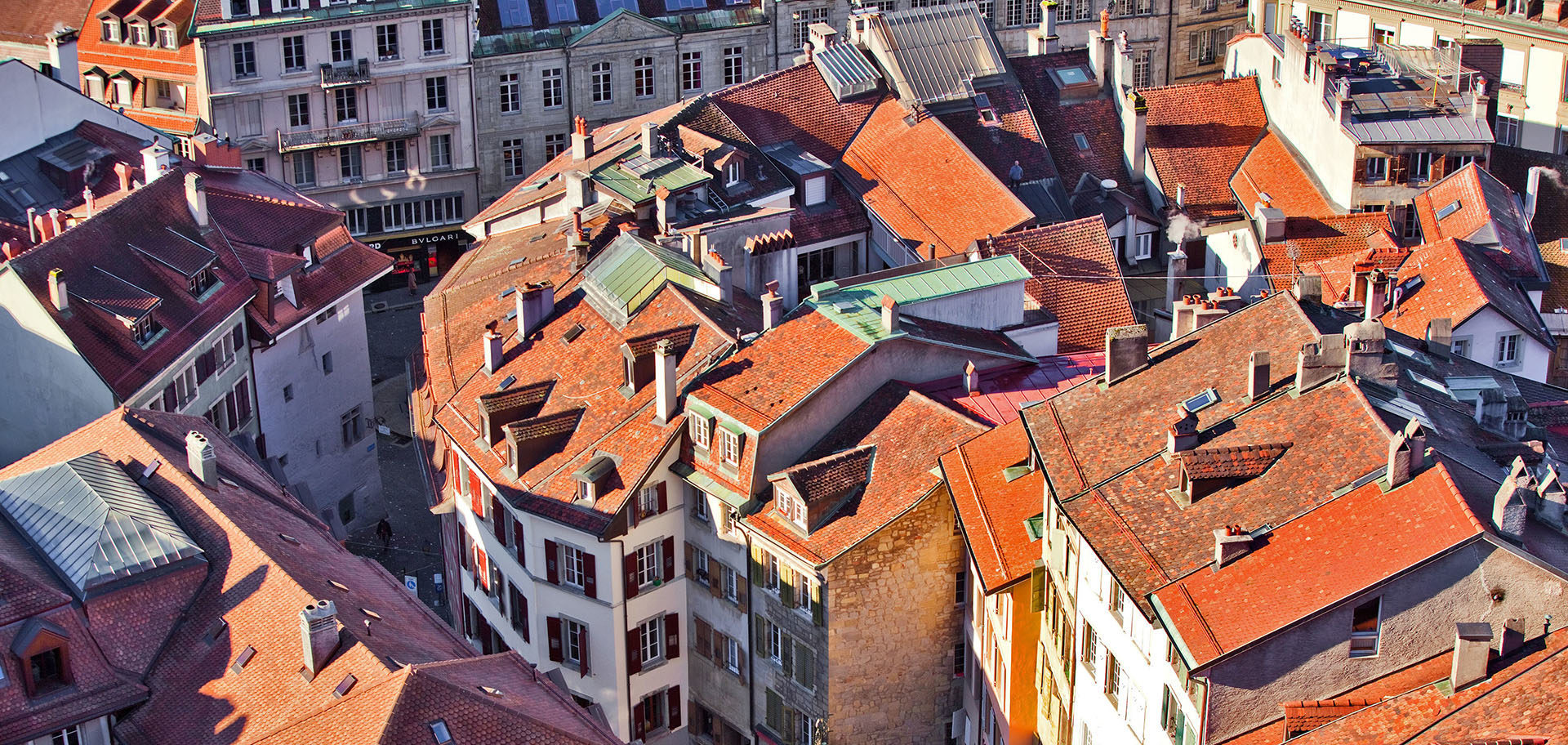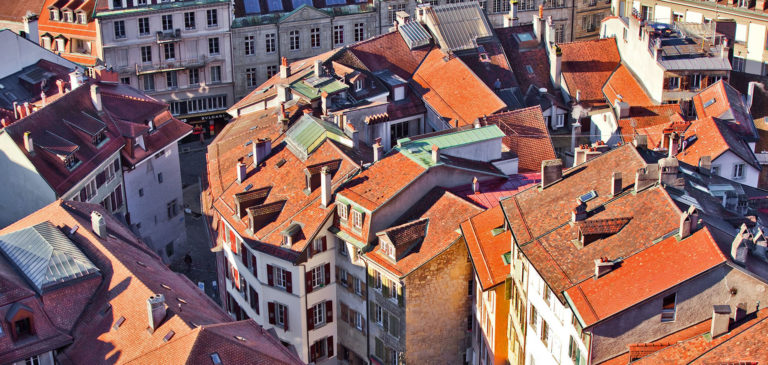

From the Reformation to the Enlightenment
The Reformation
Lausanne honoured the treaty of alliance, taking up arms to support the city of Berne, which had embraced Protestantism. Berne invested the Pays de Vaud to defend Geneva, surrounded by Savoy. Lausanne thus found itself subject to an area of which the Bernese declared themselves the sole rulers, imposing an administration run by bailiffs. On 13 May 1536, the first Bernese bailiff took up residence in the Cité. As the sole representative of the new power, he leaned on the citizens and local nobility. Immediately afterwards, the reformed Republic established a college of theology there, while Pierre Viret evangelised the city. Berne did not, however, crush Lausanne beneath its yoke. A substantial amount of revenue was bestowed on the city in the form of gifts (1536 and 1548), by transferring assets from the region’s churches and convents. Lausanne thus became the biggest landowner in the Vaudois region and boasted unheard-of legal and financial expertise.
Bernese rule
During the period of Bernese rule from 1536 to 1798 the influence of Lausanne remained essentially regional, while benefiting from the skills of Huguenot refugees who fled France after the revocation of the Edict of Nantes in 1685. Its population rose from 5,000 around 1600 to over 9,000 inhabitants by 1798. An oligarchy, municipal power was in the hands of a limited council known as the Vingt-Quatre (twenty four). In the absence of a general council, the representation of the citizens was guaranteed by the council of Deux-Cents (two hundred). A sparse administration was organised around a mayor appointed for life. Some specialist departments (forests, orphans, the poor…) appeared in the 17th century, but Berne was careful not to facilitate the emergence of local opposition. The situation of Lausanne’s elite was generally quite comfortable and they did not oppose the Bernese. When he took up arms against Berne in a highly symbolic gesture, without the support of Lausanne’s council, Major Davel failed and died on the scaffold in 1723.
The Enlightenment
In the 18th century, intellectuals in the Académie, founded in 1537, advanced rationalist ideas. During the second half of the century, life for Lausanne’s most privileged families revolved around salons, where they shared the cosmopolitan outlook of the old République des Lettres centred around the philosopher Voltaire, the historian Gibbon and Doctor Tissot. This liking of foreigners for Lausanne heralded the dawn of tourism in search of the picturesque, the Alps just having been discovered. Lausanne, without becoming an actual industrial centre, nevertheless joined an enlarged economic area. At the end of the 18th century, tanners, textile specialists, clockmakers, stone-cutters, printers and even some bankers were doing trade with Savoy and Geneva, as well as Europe and overseas.



